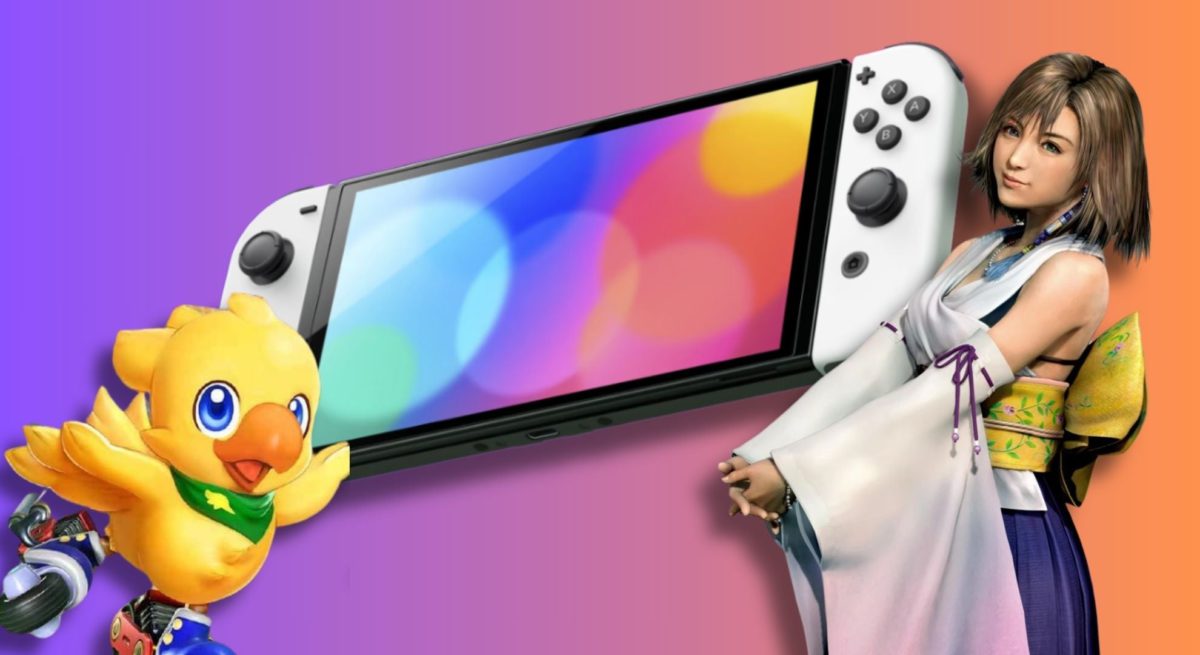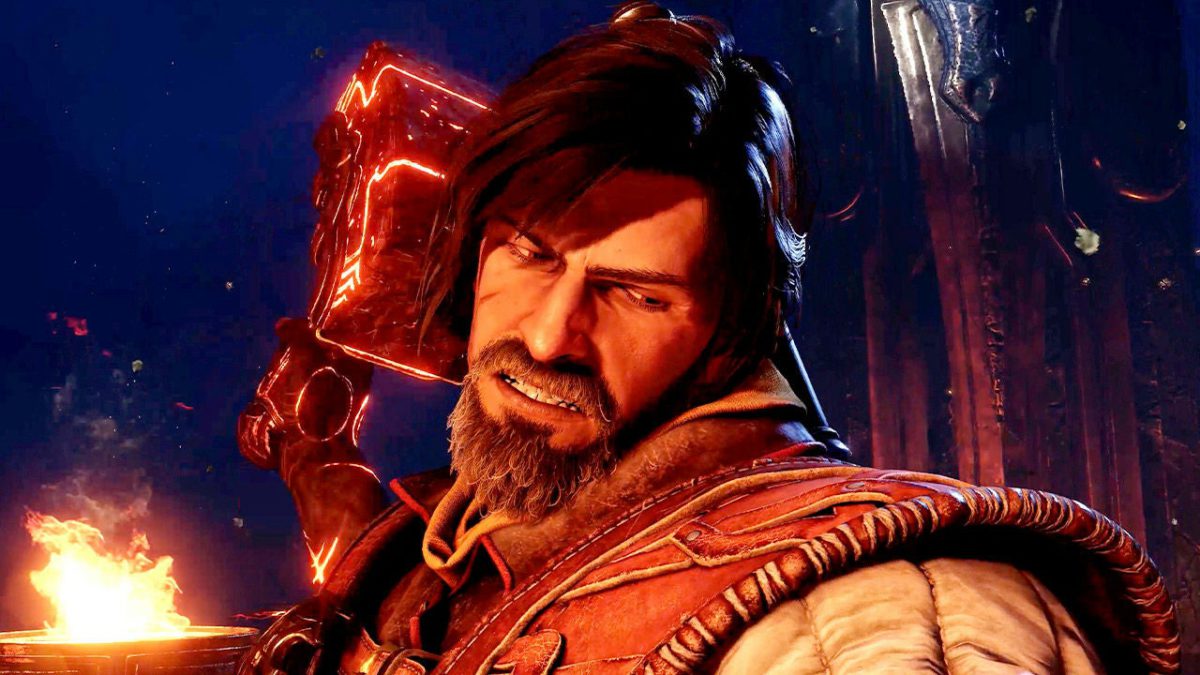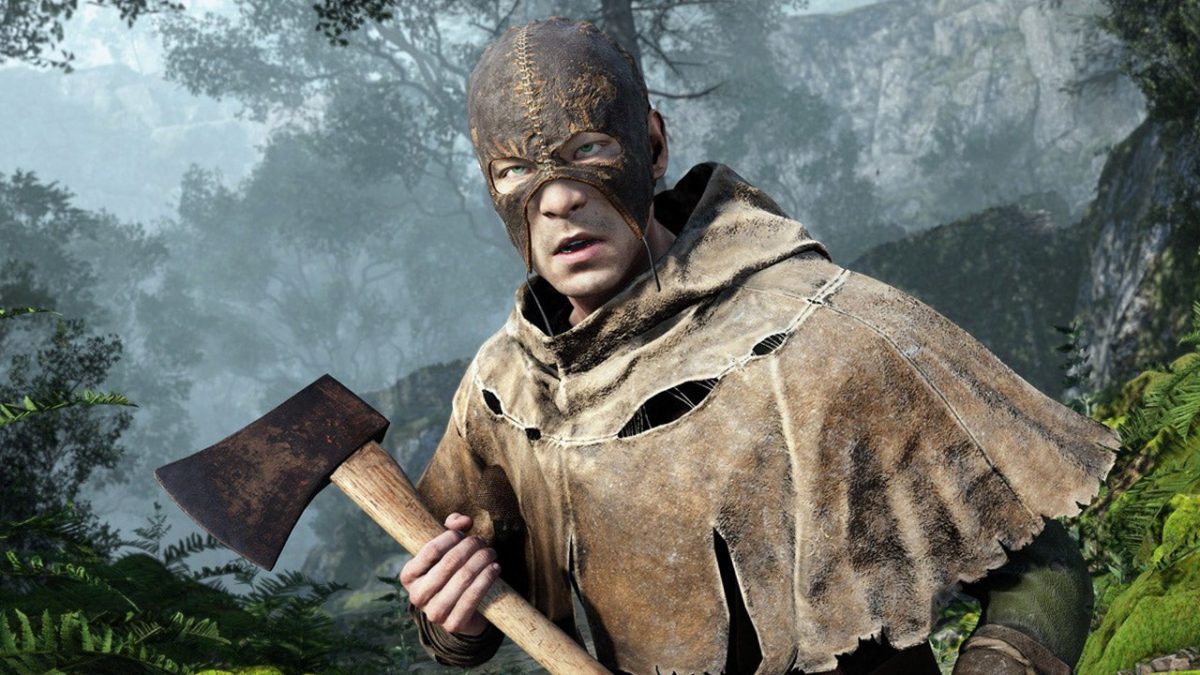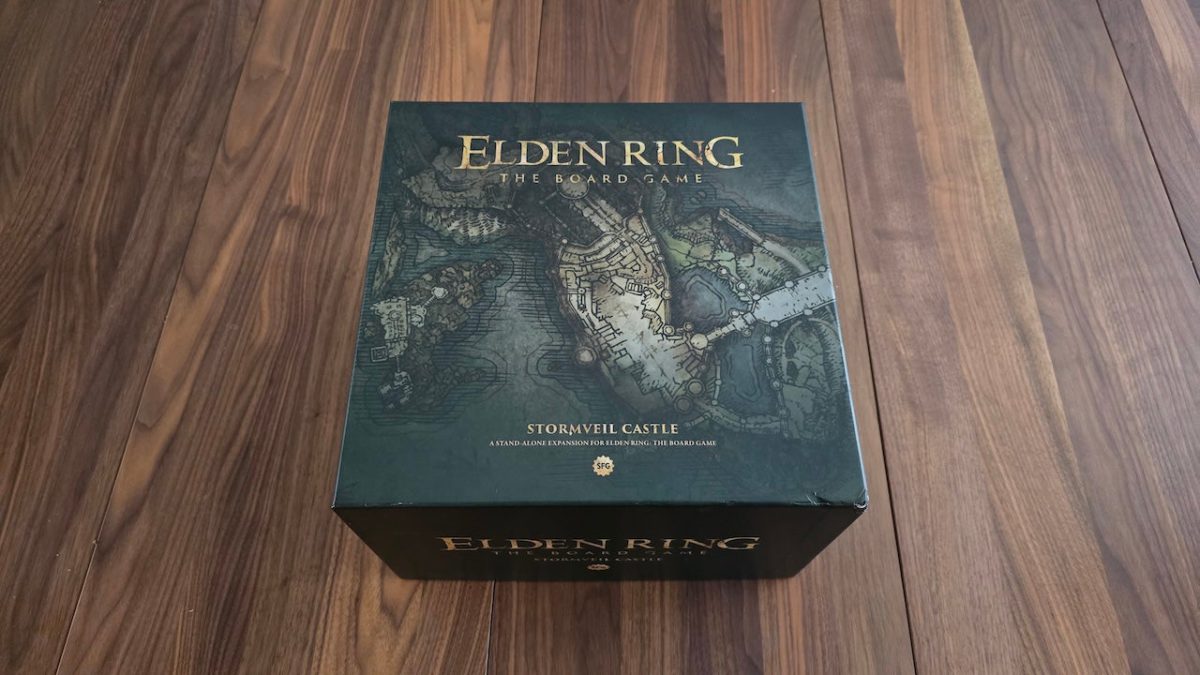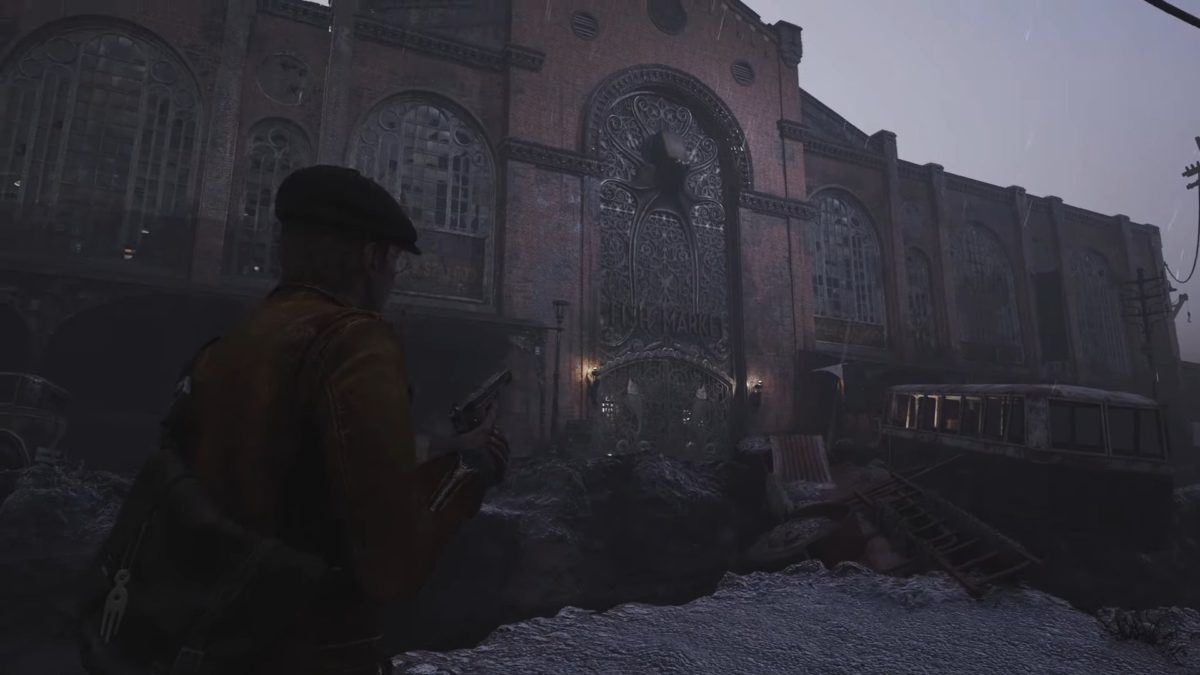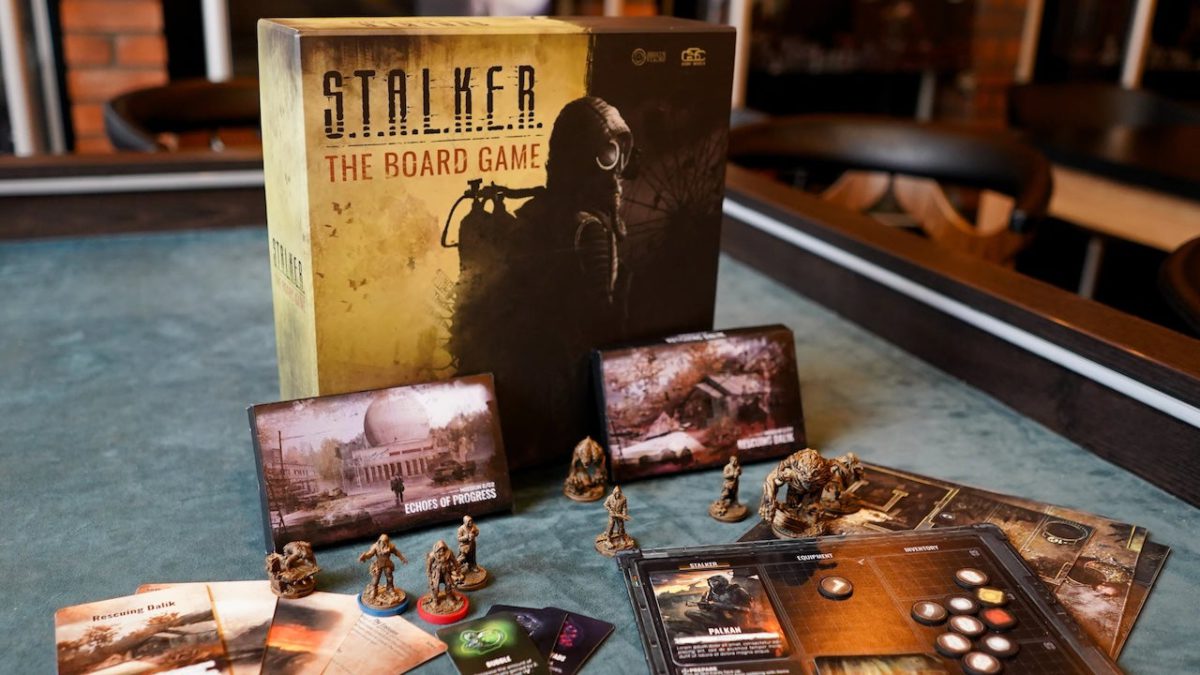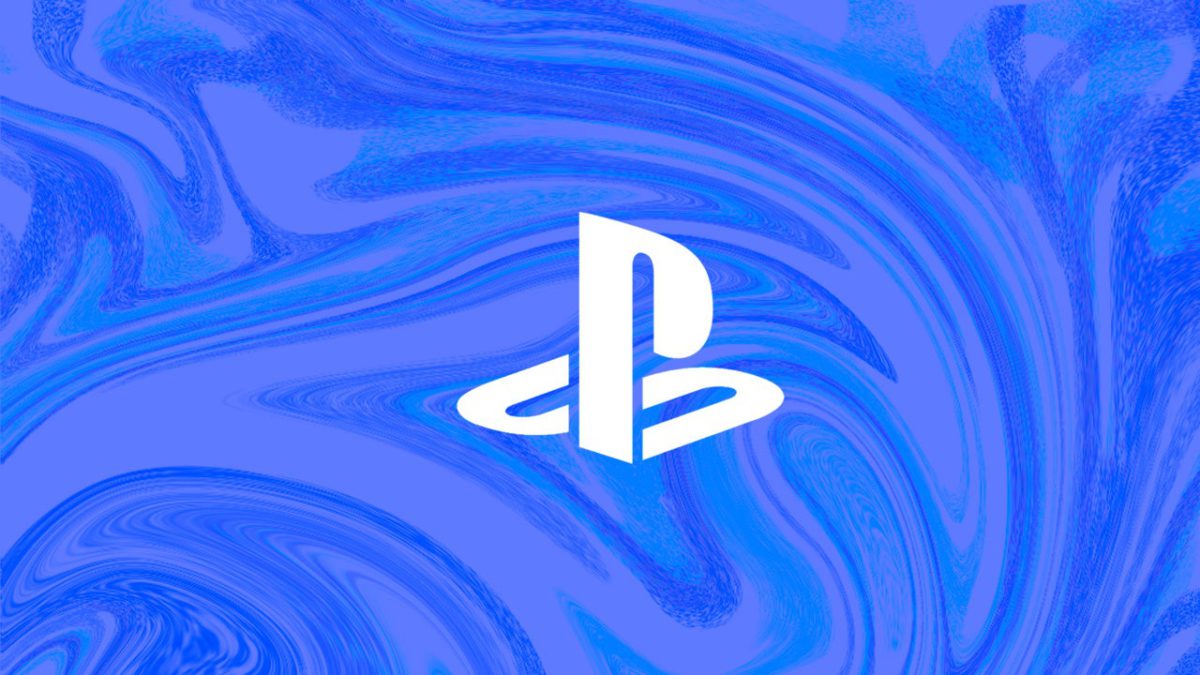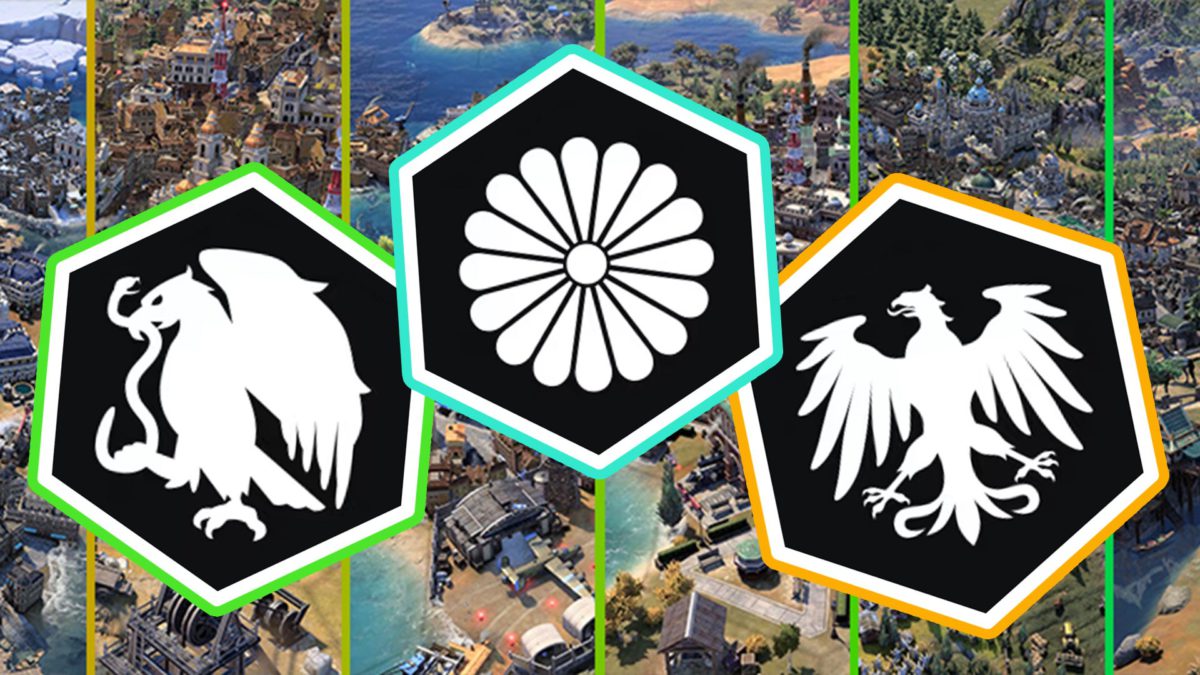
For most of the 21st century, the Final Fantasy games were PlayStation exclusives. But when you have a series that’s consistently gotten new games for almost 40 years, you have to think about how younger generations will be able to play them. That, and, of course, thinking about your bottom line, has led every publisher to lean more and more into multiplatform releases. On top of PC ports, Square Enix has released a decent amount of remasters and special editions of the Final Fantasy series specifically for Nintendo’s handheld.
The Final Fantasy games hitting Switch isn’t entirely unprecedented. The connection between Final Fantasy and Nintendo dates back to the series’ infancy, when the first game debuted on Nintendo’s Famicom system in 1987. In fact, the first six mainline Final Fantasy games debuted on Nintendo platforms before Square Enix jumped to PlayStation as the series’ primary platform with Final Fantasy 7.
With Final Fantasy VII: Rebirth’s PC launch and a solid Magic: The Gathering expansion bringing Final Fantasy back into the spotlight in 2025, plenty of people are hoping to dive into the series for the first time. Below we’ve compiled a complete list of Final Fantasy games available on Switch, for those looking to discover or revisit the beloved JRPG series on Nintendo’s latest console.
How Many Final Fantasy Games Are Available on Switch?
There are 20 Final Fantasy games you can play on the Switch — 12 mainline games, one prequel, and seven spinoffs. These games have been split into two sections below: mainline games (ordered by original release date) and other games (ordered by Switch release date).
Every Mainline Final Fantasy Game on Switch
Final Fantasy 1–6 Pixel Remaster
The first six Final Fantasy games are all available on Switch as part of Square Enix’s Pixel Remaster collection. Each game has been overhauled with new graphics, rearranged soundtracks, updated UIs, and new galleries for players to explore the creatures, illustrations, and music from all six games. If you’re interested in diving into the original Final Fantasy experience, this is the best way to do it.
The Pixel Remasters are available individually ($12–18 USD/each) or as part of the six-game Final Fantasy I–VI bundle ($75 USD). If you’re looking at the games individually, I’d recommend FF6, as it has one of the more immersive storylines.
Final Fantasy 7
One of the series’ most beloved games, Final Fantasy VII, is also available on Switch. This is not a remastered version of the game but rather a port of the 1997 original with three extra features: a 3x speed mode, the ability to turn battle encounters off, and a battle enhancement mode to make encounters easier. While the newer remasters, Remake and Rebirth, introduce modern action RPG mechanics to Cloud Strife’s battle against Sephiroth, the Switch edition of FFVII is one of the best opportunities to experience what made the original PlayStation game so impactful.
Final Fantasy 8 Remastered
The series’ next entry is also available on Switch as Final Fantasy VIII Remastered. This updated version was released in 2019, 20 years after FF8 originally debuted on PlayStation. Additions to the remastered version include a 3x speed mode, the ability to turn off random encounters, and battle assist options to lessen the difficulty of combat.
Final Fantasy 9
Final Fantasy IX on Switch, like FFVII before it, is a port of the original RPG, which, despite not being quite as “famous” as Final Fantasy VII, is considered to have one of the best storylines in the series. The Switch version includes a few extras compared to the 2000 original, including high-speed and no-encounter modes, an autosave feature, and HD cutscenes and character models.
Final Fantasy X/X-2 HD Remaster
Final Fantasy X/X-2 HD Remaster is a bundle of Final Fantasy X and its sequel X-2 (the series’ first-ever direct sequel). The two games feature over 100 hours of RPG content, according to IGN sister site How Long to Beat, and include upgraded graphics and reworked audio (with the ability to switch back and forth between the new and original sounds).
Final Fantasy XII: The Zodiac Age
Skipping the now-shuttered MMORPG Final Fantasy XI, the series’ next mainline game available on Switch is Final Fantasy XII The Zodiac Age. The Zodiac Age, a remaster of the 2006 original, features HD graphics and a re-recorded soundtrack, as well as the Zodiac Job System, an increased battle tempo, an optional high-speed mode, and autosave functionality.
Final Fantasy 15 Pocket Edition HD
Final Fantasy XIII and XIV: Online are not available on Switch, which brings us to Final Fantasy XV Pocket Edition HD. It’s the latest mainline game available on the platform, as FFXVI is still only available on PS5 and PC.
Final Fantasy 15 Pocket Edition HD is an abridged version of the original game with cartoonish character models, simplified combat, a reduced skill tree, and fewer side quests. Pocket Edition HD does, however, retain the full FFXV story, boys on the road and all.
Other Final Fantasy Games on Switch
World of Final Fantasy Maxima (2018)
World of Final Fantasy Maxima, co-developed by Square Enix and prolific Japanese developer Tose, came to Switch with new content and the subtitle ‘Maxima’ two years after it was first released on PS4 and Vita. It’s an accessible RPG aimed at younger audiences that combines the series’ Active Time Battle system with the ability to capture Mirages (i.e., creatures) to use in battle.
Chocobo’s Mystery Dungeon: Every Buddy! (2019)
Chocobo’s Mystery Dungeon: Every Buddy! is a remastered version of the 2007 Wii game Final Fantasy Fables: Chocobo’s Dungeon. This Final Fantasy spinoff is a turn-based RPG with randomly generated dungeons and a buddy system that allows players to bring other creatures or characters along for the dungeon-crawling chaos.
Collection of Mana (2019)
This collection of three Mana games is on this list due to its inclusion of the 1991 Game Boy game Final Fantasy Adventure. Despite beginning as a Final Fantasy spinoff, the Mana series dropped those ties with the release of its second game, Secret of Mana, and has since remained an independent franchise.
Final Fantasy Crystal Chronicles Remastered Edition (2020)
Final Fantasy Crystal Chronicles Remastered Edition is an enhanced version of the 2004 RPG/dungeon crawler originally released for GameCube. Crystal Chronicles for Switch features a cute aesthetic, online co-op, and the addition of English voiceover for the first time. It’s a graphical improvement upon the original that also added new areas, monsters, weapons, and a higher-difficulty option.
Collection of SaGa Final Fantasy Legend (2020)
Collection of SaGa Final Fantasy Legend compiles three Game Boy games: Final Fantasy Legend I–III. We’ve included these games in service to creating a comprehensive list, though these are only Final Fantasy games in name; the SaGa games belong to an independent franchise of RPGs inspired by but not necessarily connected to Final Fantasy. The first three SaGa games were given the Final Fantasy name to capitalize on the brand recognition with western audiences.
The collection adds a high-speed mode and Switch-specific enhancements like adjustable screen magnification and the ability to play with your Switch oriented vertically (when in handheld mode, with Joy-Cons detached).
Crisis Core –Final Fantasy VII– Reunion (2022)
A prequel to Final Fantasy VII, Crisis Core –Final Fantasy VII– Reunion is a remastered version of the 2007 PSP RPG. The game stars a young warrior named Zack Fair, whose connection to Cloud and FFVII is revealed throughout the story. Reunion features remastered graphics, new character and background models, fully voiced dialogue, a newly arranged soundtrack, and a refined battle system.
Theatrhythm Final Bar Line (2023)
A rhythm game that celebrates the music of Final Fantasy, Theatrhythm Final Bar Line launched with 385 tracks from across the Final Fantasy series, though that has since grown to include music from other Square franchises for a total of 505 tracks. The Final Fantasy music pulls from 46 games, according to Squre, including FFI–XV. Theatrhythm Final Bar Line features over 100 characters and online multiplayer support for up to 8 players.
Chocobo GP (2023)
Chocobo GP is a Final Fantasy-themed kart racer developed by Arika (Tetris 99). While there are better kart racers available on Switch, Chocobo GP is a fun respite from the more involved RPGs that make up the majority of the Final Fantasy franchise. Like other kart racers, it features time challenges, tournament-style races, and options for multiplayer racing.
Upcoming Final Fantasy Games on Nintendo Switch
The most recent mainline Final Fantasy release is Final Fantasy XVI, which has yet to see any variant or equivalent release on Switch. We probably won’t see a new mainline FF game on PlayStation or Switch anytime soon, as Square Enix’s current focus is its three-part remake of Final Fantasy VII. Final Fantasy VII Remake was released on PS4 in 2020, followed by Final Fantasy VII Rebirth on PS5 in 2024, and both have since made their way to PC.
As some of the biggest Final Fantasy games of this generation, the big question is whether we’ll see either of these massive remakes on the Switch. While unlikely on the current Switch console, Final Fantasy VII Remake and Rebirth are rumored to be part of the Switch 2 launch, which we’ll be hearing more about at a Nintendo Direct in April.
Jordan covers games, shows, and movies as a freelance writer for IGN.

